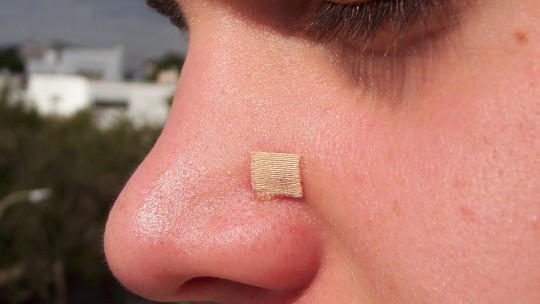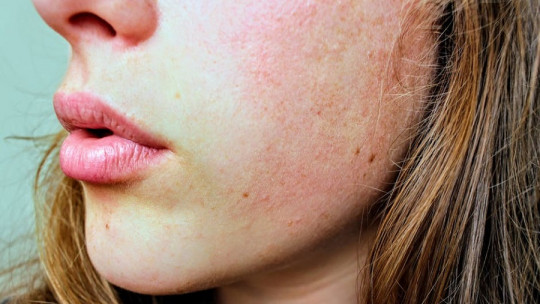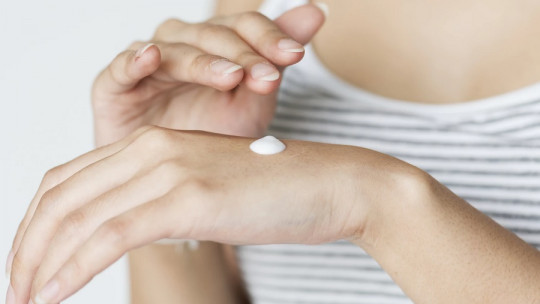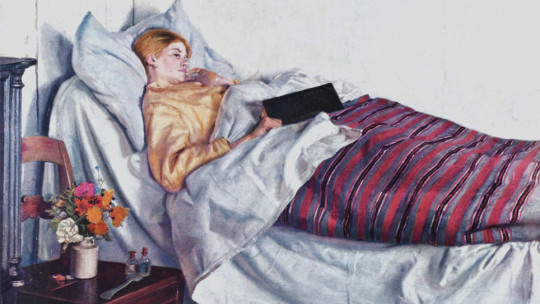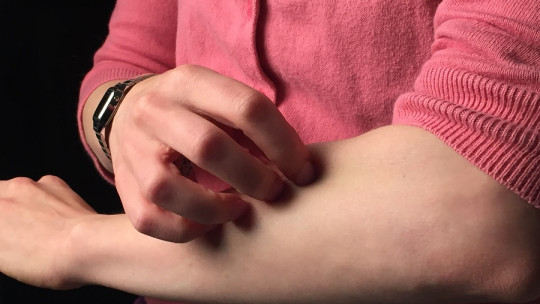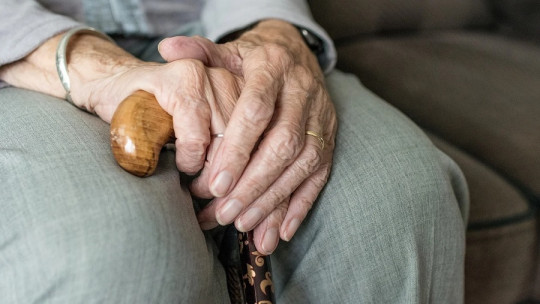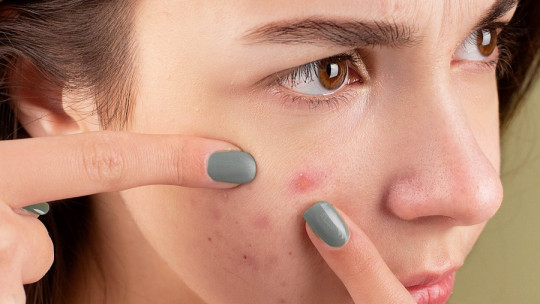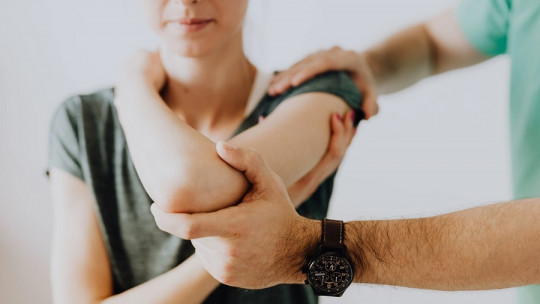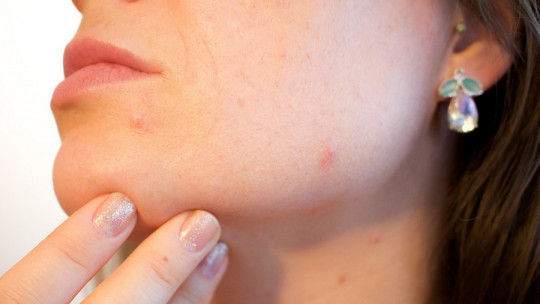
Acne is an extremely common event in general society. It is estimated that more than 90% of adolescents in the world present with acne at some stage of their development, in 20% of cases moderate or severe in nature. In any case, this pathology is not only conceived in young people: 10% of those affected are between 35 and 44 years of age. Without a doubt, pimples on the face are a problem that affects all age groups and sexes, to a greater or lesser extent.
In any case, there is a big step between a pimple or blackhead and the condition known as acne vulgaris. In the following lines, We explore the different stages and types of acne and other clinical entities that can be confused with it.
How does acne appear?
First of all, it is necessary to be clear about the mechanism of pimple appearance. It all starts in the hair follicle, which contains sebaceous glands, responsible for secreting an oily substance of a lipid nature (sebum) that protects and lubricates the hair and skin. Skin fat is not negative as such, as long as it is found on the epidermal surface in the appropriate concentration.
Whether due to hyperkeratosis (overproduction of keratin and dead epidermal cells) or promoted by excessive sebum production, the hair follicle pore can become clogged. This causes blackheads (closed pores) and blackheads (open pores). The blackened color of the black dot corresponds to the oxidation of the lipid material upon contact with the environment, not to the accumulation of dirt.
Unfortunately, the bacteria Cutibacterium acneseminently commensal on the surface of the epidermis, can find an ideal growth medium in a clogged hair follicle It is a saprophytic bacteria that feeds on decomposing organic matter (such as sebum), so an isolated environment such as a pimple encourages its exponential multiplication. This is when inflammatory acne begins.
What are the types of acne?
Acne vulgaris (typical) is clinically divided into 4 different stages, depending on the severity of the lesions presented. Below we show them, in addition to other clinical conditions that do not fall into the category of acne vulgaris but present in a similar way.
1. Mild acne (grade 1)
The main lesions are microcomedones, that is, non-inflamed pimples and blackheads Some inflammatory events may also occur, but there are fewer than 5 inflammatory lesions on each half of the face. Due to the mildness of the condition, lifelong scarring is not expected in the patient.
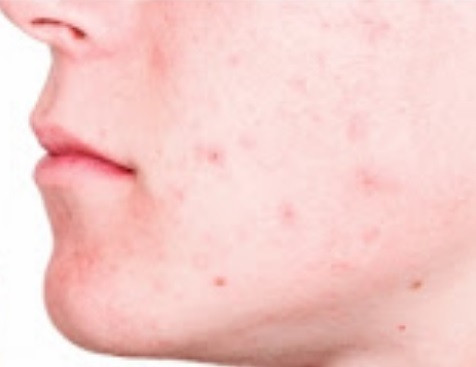
2. Moderate acne (grade 2)
In addition to pimples and blackheads, there are between 6 and 20 inflammatory lesions in the middle of the face of the patient. At this point, we must stop for a moment to explore what these damages are and why they occur. We didn’t linger long.
A comedo (clogged hair follicle) can lead to a papule when inflammatory activity begins promoted by the invasion of C. acnes in the epidermal environment. It has been shown that this bacteria has enzymes that degrade some components of the dermis and epidermis, as well as substances (antigens) that promote the activation of the immune system. Local inflammation and tissue damage promote the appearance of the papule.
Papules and pustules are two sides of the same coin, although the second indicates a slightly more severe inflammatory stage. In any case, both are circular, painful and noticeable bumps that arise as part of a more obvious acne picture.
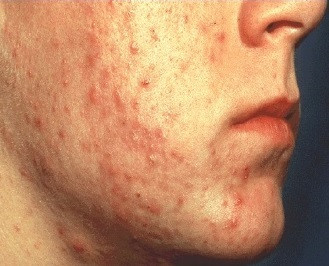
3. Severe acne (grade 3)
There are between 21 and 50 inflammatory lesions on the middle of the face There are between 40 and 100 papules and pustules throughout the patient’s epidermal environment, and it is also common for the affected areas to extend from the face to the torso and back. Because the lesions are deep (due to the inflammatory effect and infection), in these cases permanent scars usually remain, even though the main stressors are eliminated.
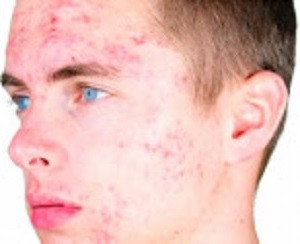
4. Very severe acne (grade 4)
There are more than 50 inflammatory lesions in the middle of the face In addition to papules and pustules, the most serious formations of all within this picture appear here: the nodule and the cyst (hence it is also known as nodulocystic acne). Nodules are painful, hard, and highly inflamed lumps that reach deep layers of the skin. They are like papules, but larger and without an obvious pus center. Cysts are similar formations, but even deeper and more difficult to treat.
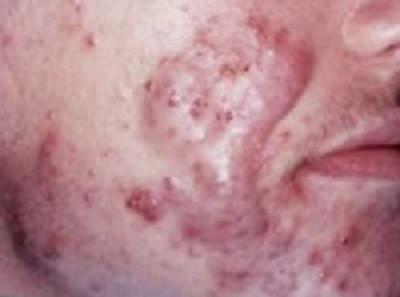
5. Iatrogenic acne
Iatrogenic acne is not driven by genetic causes, infections and natural hormonal problems (as is the case with vulgaris), but rather Its cause is found in the administration of certain medications
Steroids, anabolics, testosterone and androgens can cause the appearance of comedones on the skin, whether they are of greater or lesser severity.
As you can see, the drugs mentioned here are associated with hormonal imbalances, especially those related to the overproduction of androgens. These hormones could cause the stimulation of the pilosebaceous glands, hence promoting the condition.
6. Keloid acne
Also known as sclerosing folliculitis of the nape, this acne-like condition is due to poor healing after an inflammatory event. In this case, Epidermal stress occurs in the occipital region, which leads to the formation of fibrous plaques, papules and alopecia something similar to cystic acne.
Curiously, these formations have an important genetic load, since they are much more common in people of African descent. The incidence in people with black skin color is 5 to 16%, much higher during disparate hormonal phases, such as pregnancy or puberty. Lesions appear in 3 different phases: inflammatory, fibroblastic and maturation.
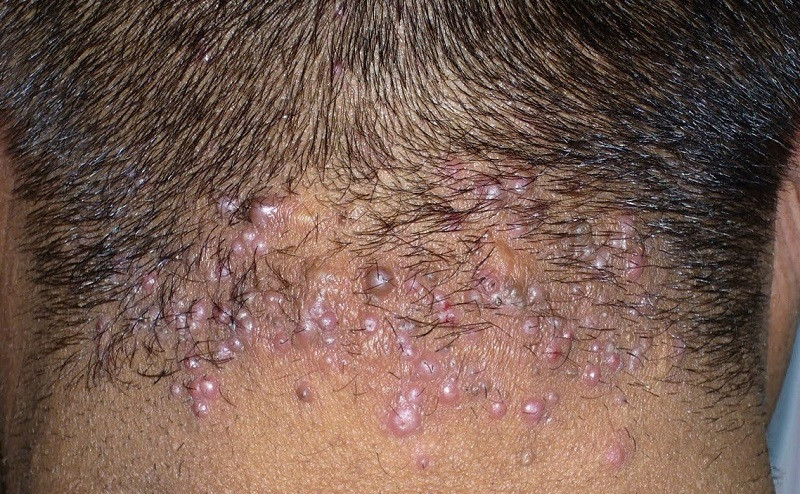
7. Acne neonatorum
As its name indicates, This type of acne is the one that occurs in newborn children The lesions are comedogenic, papular and pustular and are almost always limited to the facial environment. It appears in 20% of male newborns, but it is also common for it to develop from 3-6 months of age, with a very variable duration.
In the newborn, acne occurs due to hormonal stimulation of the pilosebaceous glands, which have not yet evolved to a stage of maturity. Therefore, it is conceived as a normal clinical event and within what is expected. Still, children who experience acne neonatorum are more likely than others to develop severe acne vulgaris later in life.
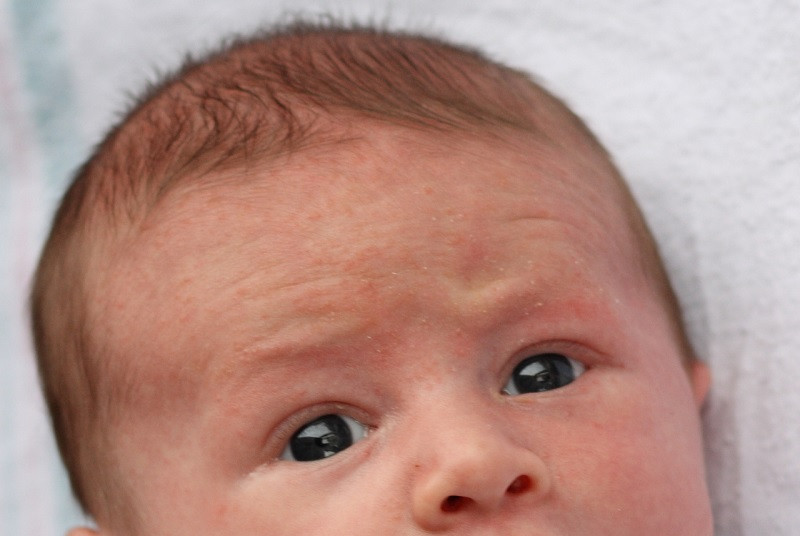
8. Rosacea
Until some time ago, rosacea was considered a type of acne, although its anatomopathological characteristics have led to it being categorized as its own clinical entity. The prevalence of this condition is up to 10% of the population and is especially common in people of white skin color of northern European ancestry.
The etiology of rosacea is unknown, but it is worth noting that Its pathogenesis mechanism has nothing to do with that of classic acne It is believed that severe sunburn, stress, anxiety, the consumption of some foods and other environmental factors can cause it.
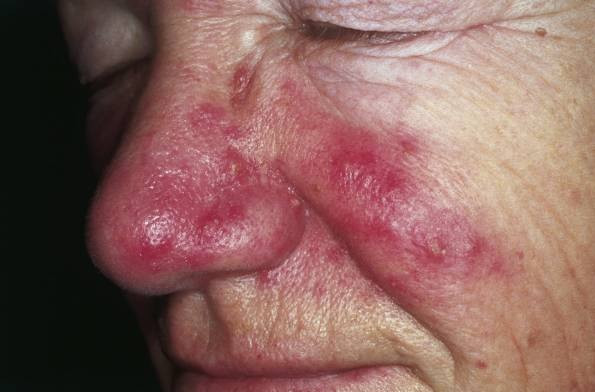
Summary
As you have seen, acne goes far beyond its vulgar variant, although this is the most prevalent in society and the one that reports the most aesthetic problems. While mild acne can be treated with skin care at home, more severe forms require the use of antibiotics (tetracycline, amoxicillin and doxycycline, among others), in order to end the infection in the epidermis environment.
In any case, if you have any questions or concerns, the best option will always be to visit the dermatologist and have him establish a diagnosis. Other more serious infectious conditions in the skin environment can be confused with acne, so in these cases, prevention is always better than cure.

